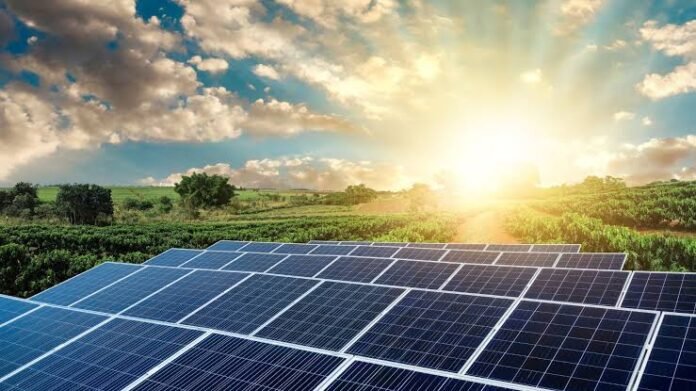ISLAMABAD – Residents of Islamabad are now producing over 100 megawatts (MW) of electricity through rooftop solar panels installed under the net metering system, according to the Islamabad Electric Supply Company (IESCO).
As of February 2023, IESCO had installed 8,702 net metering connections with a combined capacity of 106.43 MW across its service areas. However, officials say the actual number is likely higher now, as the data is over a year old and new solar systems are being connected regularly.
Even after excluding areas outside the capital in IESCO’s jurisdiction, Islamabad residents alone are believed to be generating more than 100 MW of solar power today.
Speaking to APP, IESCO Manager of Public Relations Asim Nazir Raja said that between 2016 and early 2023, the company had received 9,177 applications for net metering with a combined capacity of 114.29 MW. Of these, 9,122 licenses have already been issued by the National Electric Power Regulatory Authority (NEPRA), enabling consumers to sell excess electricity back to the grid.
So far, 7,781 connections have been fully activated for import/export billing, with a generation capacity of 95.35 MW. From these systems, the total exported electricity stood at 133.5 million units, while imports (electricity drawn from the grid) totaled 167.3 million units.
Raja added that IESCO has so far disbursed over Rs2.3 million in payments to net metering consumers up to June 2022, reflecting the value of surplus energy sold to the grid.
Under the net metering system—launched in 2016—domestic, commercial, and industrial consumers with three-phase meters can generate electricity from 1kW up to 1MW and sell excess energy back to the distribution company.
IESCO is authorized to grant licenses for systems up to 25kW, while NEPRA issues licenses for systems above that threshold.
As solar adoption grows in Pakistan, especially in urban centers like Islamabad, industry experts say the shift is not just helping consumers reduce electricity bills but also contributing to clean energy generation and reducing stress on the national grid.




